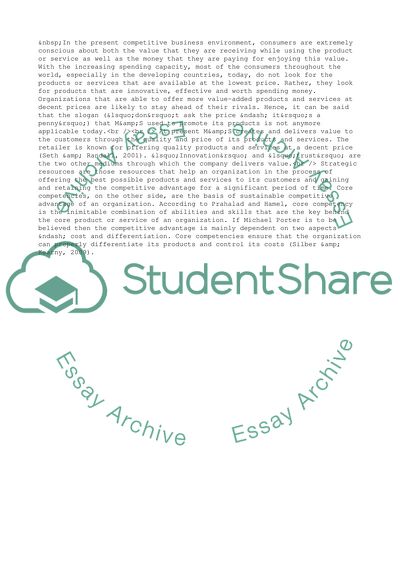Cite this document
(Marks & Spencer Analysis Case Study Example | Topics and Well Written Essays - 2453 words - 14, n.d.)
Marks & Spencer Analysis Case Study Example | Topics and Well Written Essays - 2453 words - 14. Retrieved from https://studentshare.org/management/1744455-strategic-management
Marks & Spencer Analysis Case Study Example | Topics and Well Written Essays - 2453 words - 14. Retrieved from https://studentshare.org/management/1744455-strategic-management
(Marks & Spencer Analysis Case Study Example | Topics and Well Written Essays - 2453 Words - 14)
Marks & Spencer Analysis Case Study Example | Topics and Well Written Essays - 2453 Words - 14. https://studentshare.org/management/1744455-strategic-management.
Marks & Spencer Analysis Case Study Example | Topics and Well Written Essays - 2453 Words - 14. https://studentshare.org/management/1744455-strategic-management.
“Marks & Spencer Analysis Case Study Example | Topics and Well Written Essays - 2453 Words - 14”, n.d. https://studentshare.org/management/1744455-strategic-management.


